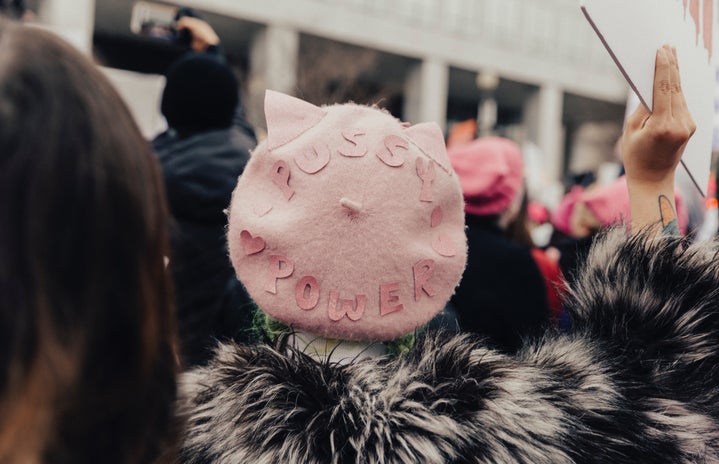Firstly, with all 435 seats in the House, 35 of the 100 seats in the Senate, and 39 state and territorial governorships up for contention, this was sure one of the most crucial elections of our lifetime. In addition, as well as numerous other state and local elections, were also contested. Prior to the elections, the GOP controlled both branches of Congress and claim the presidency with the Republican nominee, President Trump.
Here is the run down of the midterm elections:
Democrats won the house (which now stands as 229 D, 206 R). All 30 of the House seats that Republicans lost were swooped up by the Democratic party. 80 key races decided this out of the total races taking place on November 6th.
Republicans maintained the Senate (51 R, 46 D, 3 other). The swing states, or “toss-ups,” leaned Republican in the end, which lead to three decisive victory of the Senate. The loss of two Democrat seats were gained by the GOP candidates in the end.
Governorships did not go unnoticed. The Democratic party gained 7 governorships while Republicans lost 6. As it now stands, there are now a total of 23 Democrats and 27 Republican Governors in office.
The notable races:
Texas, usually red, was toss up with a very close count. Ted Cruz (R) and Beto O’Rourke (D) were neck and neck. Cruz came in 1st and took 50.9% of the vote while O’Rourke finished 2nd with 48.3%.
Pennsylvania District 7 (Lehigh Valley area) flipped. Susan Wild, a first-time Democratic candidate, won the seat-race against Marty Nothstein (R), the supposed successor of the retired Representative Charlie Dent (R).
Key state Mississippi, had two seats up for re-election in the Senate. Roger Wicker (R) landed well in front a 58.9% majority, however, the second tally between Cindy Hyde-Smith (who was declared the second representative) and Mike Espy was counted again since neither leading candidate won majority the first time.
Alaska’s Governor election flipped. Previous governor, Bill Walker (I) had been in office since 2014 yet came in at 2% of the vote. Mike Dunleavy (R) was predicted to and pulled off winning majority at 52.4%



